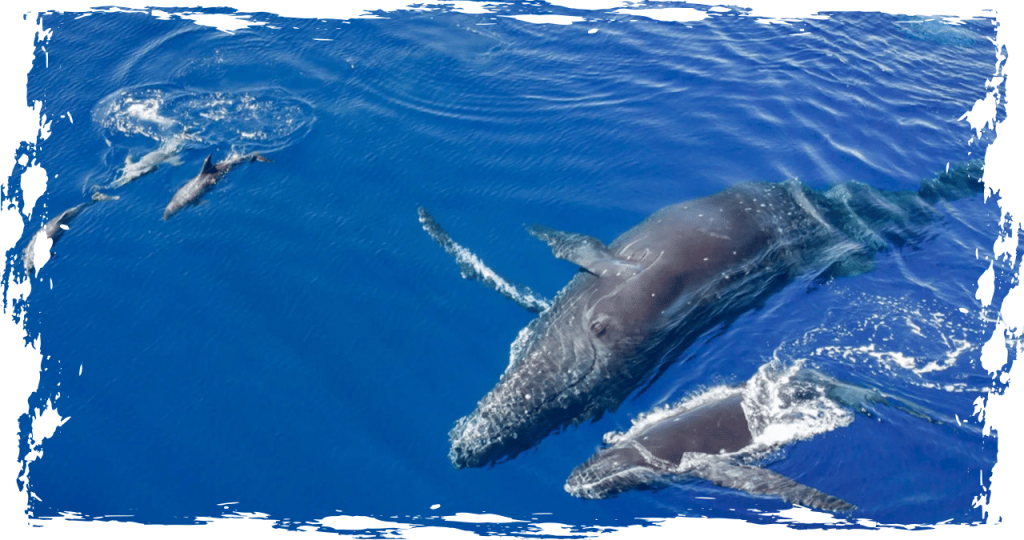According to a recent study conducted by Duke University, a staggering two-thirds of marine mammals have microplastic particles present in their fats and lungs. This discovery has raised concerns about the well-being and survival of these creatures.
What’s happening?
This Article Includes
A total of 12 marine mammal species, which included whales, dolphins, and a bearded seal, were studied by researchers. Samples were taken from 32 animals living in Alaska, California, and North Carolina. Fats were collected from different parts of the body as well as the lungs of each animal. Shockingly, the study revealed that almost 70% of all the samples contained microplastics.
Polyester fibers and polyethylene were the two most prevalent types of plastic particles found in this study. These particles are commonly present in laundry machines and plastic beverage containers.
According to Phys.org, graduate student researcher Greg Merrill Jr. stated that the prevalence of ocean plastics and the magnitude of the issue is highlighted by this discovery. He emphasized that some of the samples collected date back to 2001, indicating that this problem has been ongoing for more than 20 years.
Why is this concerning?
Consuming marine mammals or their prey could pose a significant health risk for both animals and humans. Therefore, it is essential to be cautious while ingesting them as food.
According to the Geneva Environment Network, plastic exposure in humans has been associated with numerous health issues, including lung problems, birth defects, cancer, and hormone disruption. It’s worth noting that plastic is manufactured using more than 16,000 chemicals. Out of these, at least 4,200 are classified as “chemicals of concern.”
The severity of the problem is highlighted by a recent study that discovered blue whales could potentially ingest up to 95 pounds of plastic on a daily basis.
Merrill expressed grave concern about the additional burden that marine animals have to bear in addition to the existing challenges such as climate change, pollution, and noise. She explained that plastic ingestion has now become a major problem for these animals and not only do they have to deal with big pieces of plastic in their stomachs, but the plastic is also being internalized. Merrill stated that this means that a significant percentage of their mass now consists of plastic, which is a distressing situation.
What’s being done about marine microplastics?
To prevent the production of microplastics, it’s essential to reduce plastic usage and demand. By adopting sustainable practices such as using reusable water bottles and tote bags, and opting for plastic-free beauty and cleaning products, we can significantly cut down on plastic consumption. These simple yet effective steps can go a long way in preserving the health of our oceans and reducing plastic pollution.
Subscribe to our free newsletter to receive the latest updates on exciting news and useful tips that will not only benefit you but also contribute to a healthier planet. Our newsletter is your go-to source for staying informed and making a positive impact on the environment. Join us today and discover easy ways to help yourself while supporting the planet.
